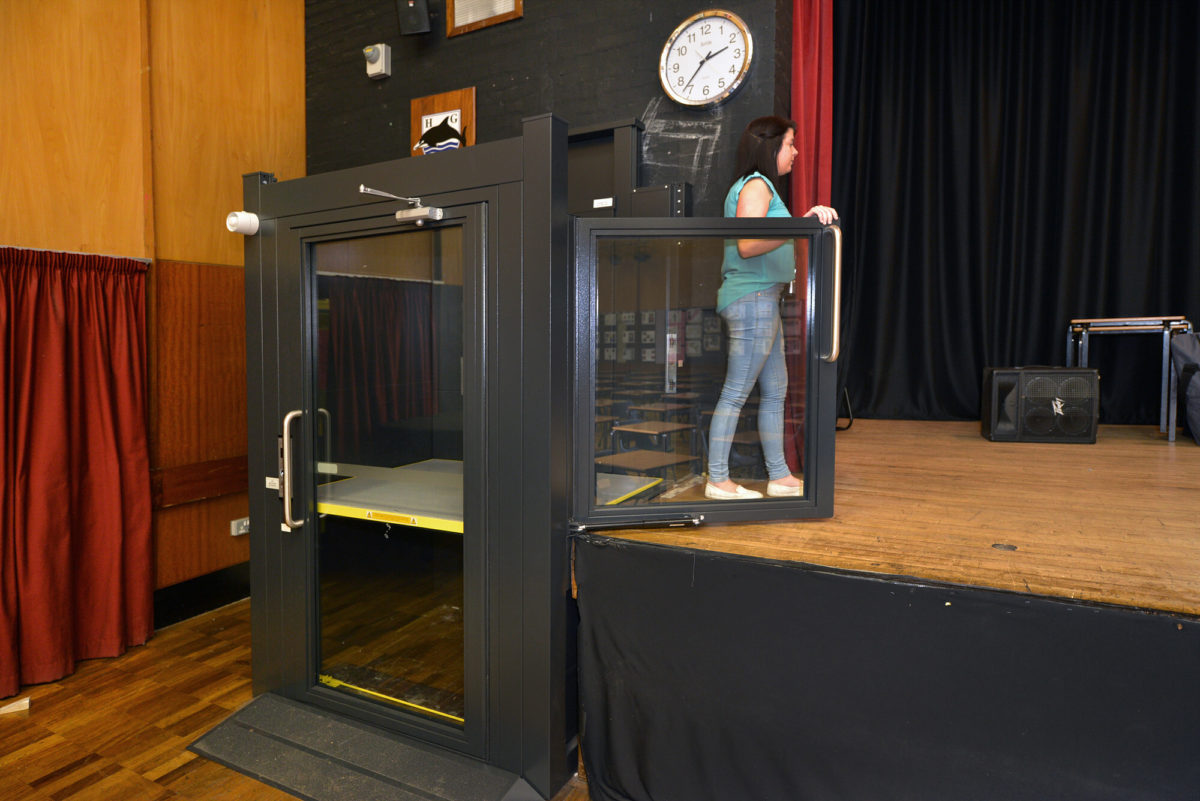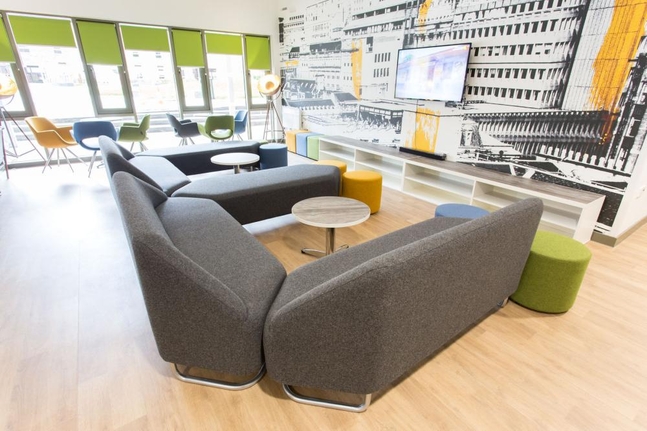
Alastair Stannah, MD, Stannah Lifts Distribution & Service, explores the factors to consider when choosing the right lift for education buildings
CHOOSING the right lift for an educational establishment is an important decision, providing access for everyone is important for schools, universities and academies not only because they want to welcome everyone – but also because the law requires them to do so.
Under the Equality Act and the Disability Right in Education Act; owners, controllers or managers of schools and colleges must provide adequate access for those using and visiting their premises with physical or mental impairments.
Whether a simple change in a level where a ramp is impractical or the building has two or more floors that people need to travel between, lifts are invaluable to ensuring easy access. Lifts that move people fall into two types – passenger lifts or platform lifts.
Passenger lifts
A passenger lift is what first springs to mind when you mention the word ‘lift’. These lifts can range in size from three to 33 people and beyond, though eight-person is the most common size.
Passenger lifts fall under the Lifts Regulations 2016, so they travel faster than 0.15m/s, allowing for relatively rapid movement of people through a building – typically, a journey takes around 18 seconds between floors.
The installation of a passenger lift requires a lift shaft to house a passenger car and mechanism and are best suited to:
• New buildings, where it is easier to build a lift shaft or where there is an existing shaft
• Any building where the lift will get extensive use – either due to the building size or because the lift will be the primary means for travelling between floors
• Any building that has a large capacity or people traffic.
Platform lifts
Platform lifts also transport people, finding particular favour as an access solution for wheelchair users. They are best suited to smaller passenger numbers (up to five people) travelling shorter distances. There are many variants within the platform lift family, ranging in size from one person/wheelchair user to up to five people.
Due to slower speeds, they provide vertical movement between floors in a low rise building – typically between two to four floors. Platform lift speed is limited to 0.15m/s and falls under the Supply of Machinery (Safety) Regulations 2008 so travel between floors averages around 22 seconds.
Platform lifts have a small footprint, making them very versatile, especially concerning space. Platform lifts can be used indoors or out and vertically or inclined on staircases. They also allow for certain cost economies compared to a passenger lift as there is less building work.
Ideal for existing buildings or small extensions, platform lifts are not suitable for higher travels or frequent use. Here conventional passenger lifts play their role.
Location of the lift
Lift location is an important decision, and in most cases, building work is involved. When choosing the space for a lift, think about how a person in a wheelchair will access it, in primary (and sometimes secondary) schools, it is good practice to locate the lift where it’s less likely to be tampered with by students.

Safety & additional features
Safety is paramount in the design, construction and installation of any lift, especially when installed in a school, academy or university. Younger children may not understand the need to respect the equipment so certain additional features can be added, including:
• School parking/locking facility
• Intelligent automatic doors or fire doors
• Emergency auto-dialler or intercom
• Uninterrupted power supply (UPS), backup (in case of a power cut)
• Electrical emergency lowering measurements
• Handrail and braille pushes
Also, consider based upon the age and capabilities of the children who use wheelchairs whether they are permitted to operate the lift or are assisted by support workers.
Swift installation
Characteristically, schools and academies have a hive of activity happening about the premises daily. To minimise any potential disruption, most lift companies will work out of term-time to minimise disruption.











